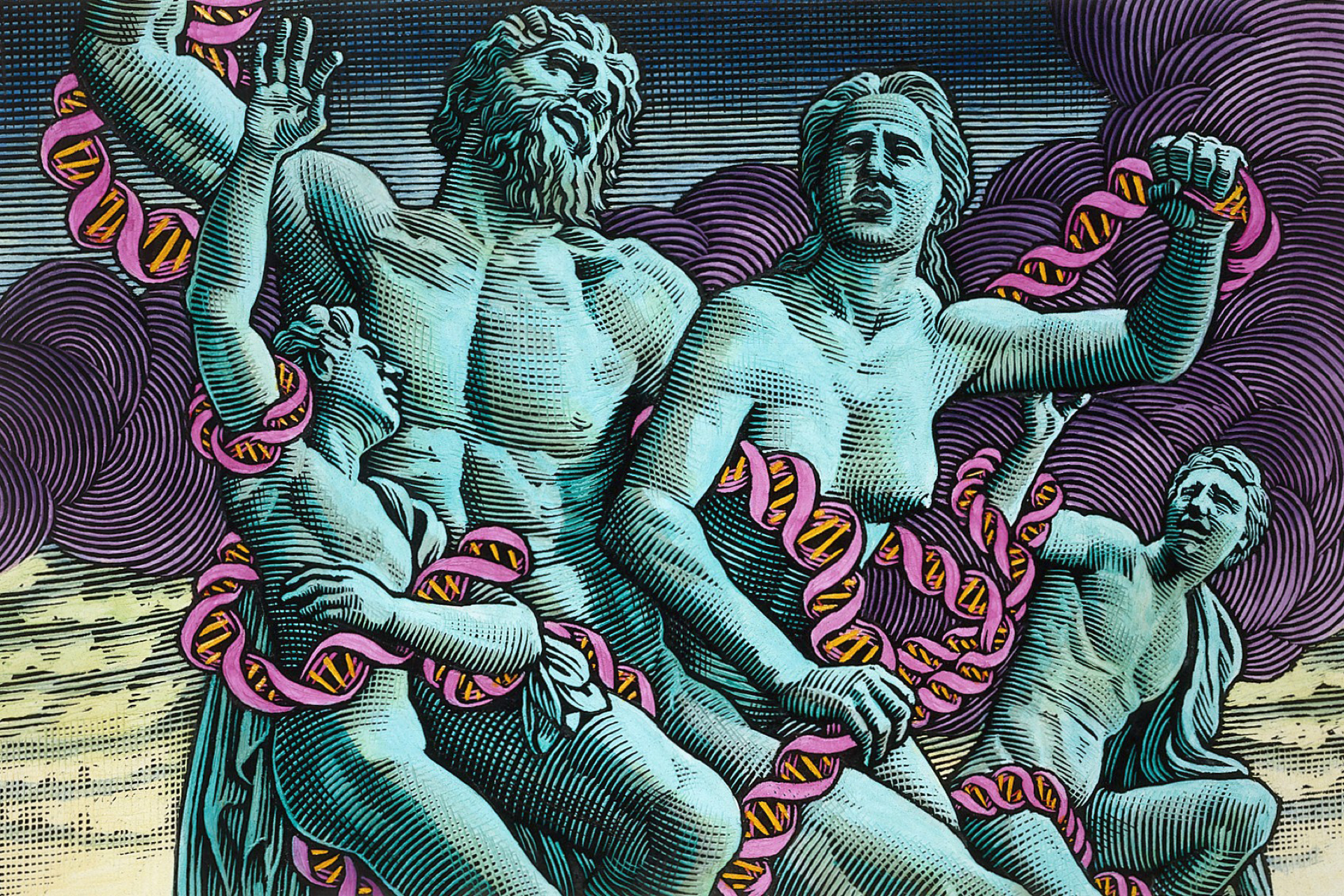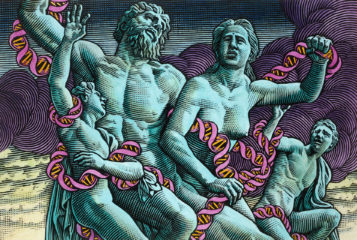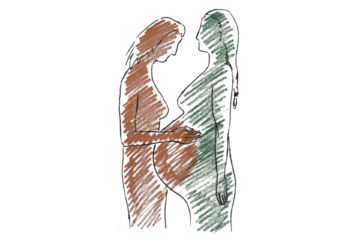Following the Law Commission's recent announcement that it is considering reviewing the law relating to birth certificates, the Progress Educational Trust (PET), as always, was quick to organise a debate on the possibilities for reform where a child has been born following assisted reproduction.
Some commentators have observed that the current legislation governing birth registration in the Birth and Deaths Registration Act 1953 fails to deal with the radical changes in how families are made and how people become parents in the modern world (see BioNews 873). With this in mind, this event, held at the Institute of Child Health, UCL, sought to explore the question of how can the law deal with multiple-parent families created by donor conception and surrogacy. What are the competing interests between the rights of the child and the right to respect for one's private and family life, the rights of donors and the rights of the donor conceived? But most fundamentally – what makes someone a parent, and how should a birth certificate reflect that?
The issues present in such a debate are never easy, but PET didn't shy away from the controversy. It enlisted a diverse panel of experts, regimentally and entertainingly kept to time by chair Professor Peter Braude, to share their views on the challenges facing the Law Commission and to prompt energised contributions from the equally diverse audience.
First to speak was Dr Julie McCandless, assistant professor at the London School of Economics, who gave an overview of the history of birth certificates. She asserted that the current system fails so many people by recording 'inaccuracies', illustrating this with an interesting case study of a transgender male-to-female father who had changed names between the birth of his two of children (she had not gone through the Gender Recognition Act 2004). While the birth certificate recorded the change of name, it did not document the change of gender. Dr McCandless said this example presented the question: should a birth certificate simply be seen as snapshot in time or a fixed point of information? Unfortunately I don't think that this was fully answered during the course of the debate.
Next was Natalie Gamble, solicitor and founder of Natalie Gamble Associates, who provided an excellent overview of how the legal system of parental responsibility and birth certificates operates in the UK. She highlighted how there is often a disconnect between who is the legal parent at birth and who is the caregiving parent – most commonly in surrogacy. Gamble made her position in relation to surrogacy clear – she would like to see the birth registration process changed to allow intended parents to register the birth and be on the child's birth certificate with parental responsibility from birth. She also called for the two-parent limitation on birth certificates to be lifted and the option for more parents to be recorded – for example, both a lesbian couple and gay couple in a joint parenting agreement.
Dr Marilyn Crawshaw, chair of the British Association of Social Workers' Project Group on Assisted Conception, and Honorary Fellow in Social Work at the University of York, then advocated for a system under which the birth certificate would remain the same, but when it is being created additional information could be stored on biological and gestational parentage, as well as legal parentage. This, she argued, would ensure that everyone would be able to access to this information if they wanted it.
Such a scheme would raise many issues, however. For example, while it would work for those who went through licensed clinics (meaning that information would be held by the HFEA), it would fail to address informal known-donation agreements, which are increasingly common, or those made abroad. Furthermore, there would still be no way of ensuring that a person knows this information is available unless birth certificates were marked (a move which Dr Crawshaw opposed) or if all birth certificates alerted people to the fact that there were other registers to which they could refer.
Also presenting was Kate Litwinczuk, a donor-conceived person, who spoke very openly about how her parents at the time of her conception never intended to tell her how she was conceived. However, when she was around three or four years old they realised that keeping it from her was just the same as lying. Litwinczuk was told from a young age and, as such, it just formed part of her story – she never felt the need to know her donor (nor could she as she was born before the law changed, ending donor anonymity in the UK). She argued that we can't say someone has been harmed by not knowing because if you go from cradle to grave without finding out, how are you 'harmed'? It's an 'unknown unknown', as Donald Rumsfeld would say. But many in the audience found this point difficult to accept. Litwinczuk advocated that children should be told from an early age if they have been donor conceived but was not sure about forcing parents to tell their children through a Hogwarts-style letter in the post. Instead, she preferred an advertising campaign encouraging parents to be open.
Craig Reisser from Oregon Reproductive Medicine then presented a parent's perspective, having two sons born following egg-donor surrogacy. He objected to including biological parentage on birth certificates because, as he argued, they are not his children's parents – he and his husband are. What is more, the donor or surrogate do not want to be recorded as parents either. He said that he will obviously tell his children about how they were conceived (and in fact he has two large ring binders full of information), but he asserted that this was a matter for his family, and not a matter for public record. Reisser argued that the state shouldn't be interfering unnecessarily in the private lives of family.
Finally, Steven Snyder, founder and partner at US law firm Steven H Snyder & Associates, provided a comparative view on birth certificates and assisted conception. There are fundamental differences between the US and UK, with parents in the US having constitutional rights both to have a child and to family privacy. He also pointed out that of the 50 states that make up the US, each has a different law in this area, making it an extremely complex system. For me, his presentation also raised the issue that whatever reforms the UK chooses to implement, we will still have to deal with an increasingly global world which allows people to avoid jurisdictional restrictions they do not agree with.
In the Q&A session there was much support for openness about donor conception and for informing children from an early age. There was a strong voice from some donor-conceived adults too, including Emma Cresswell, who went to court to have her father's name removed from her birth certificate (see BioNews 769). The argument here was that donor-conceived people have a right to all the information about their donor, and their right outweighs the right to privacy of the donor because they did not choose to be conceived in such a way. The donor also formed part of their identity and that was fundamental to any person.
A question was posed as to whether this right to information included details of any other donor-conceived children born from the same donor and, if so, what if there was conflict between one half-sibling wanting information and the other half-sibling wanting privacy. This was not answered. Ultimately, the panel seemed to agree that a birth certificate is not the right mechanism for someone to find out that they are donor conceived.
The event was sponsored Edwards and Steptoe Research Trust Fund, Oregon Reproductive Medicine, Natalie Gamble Associates and Steven H Snyder and Associates.







Leave a Reply
You must be logged in to post a comment.